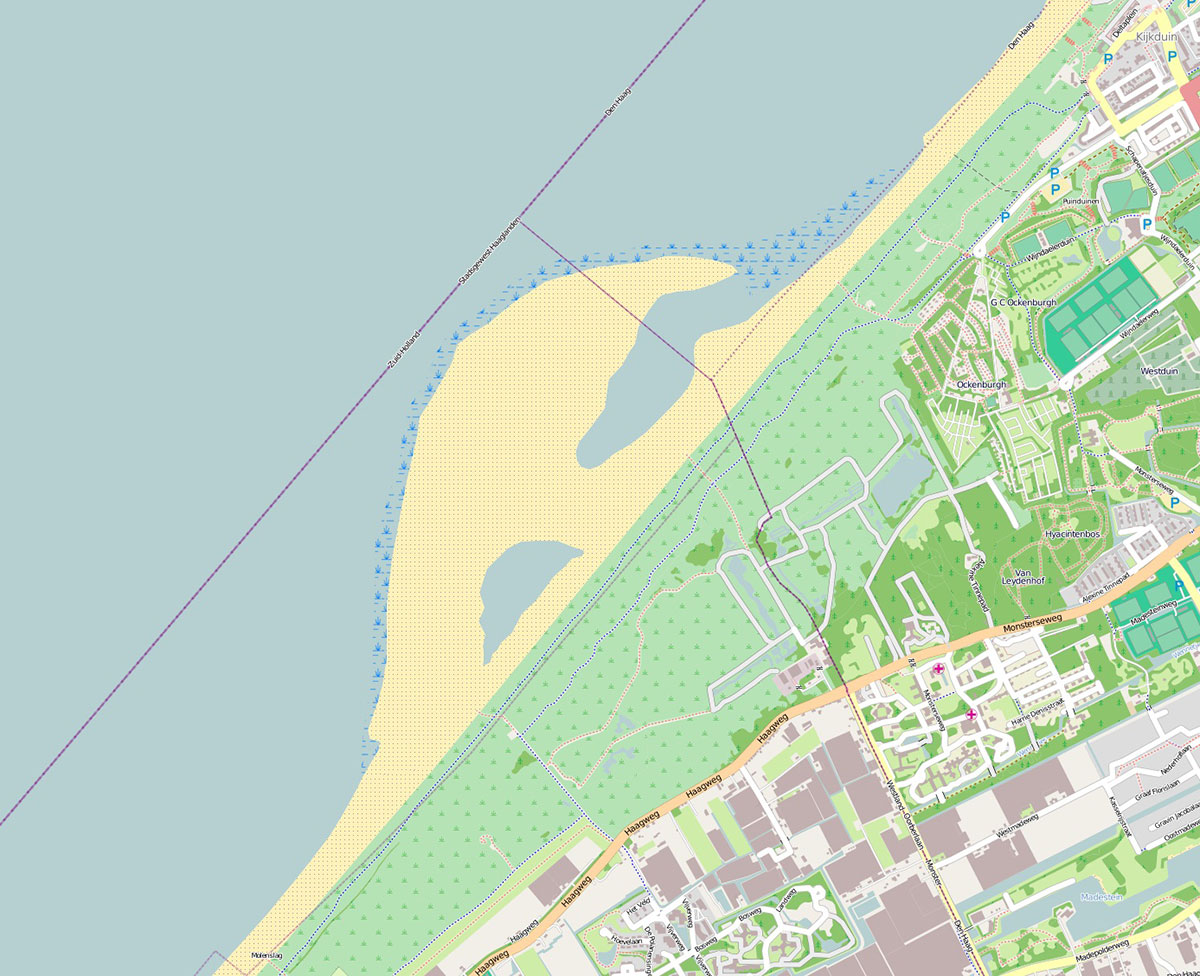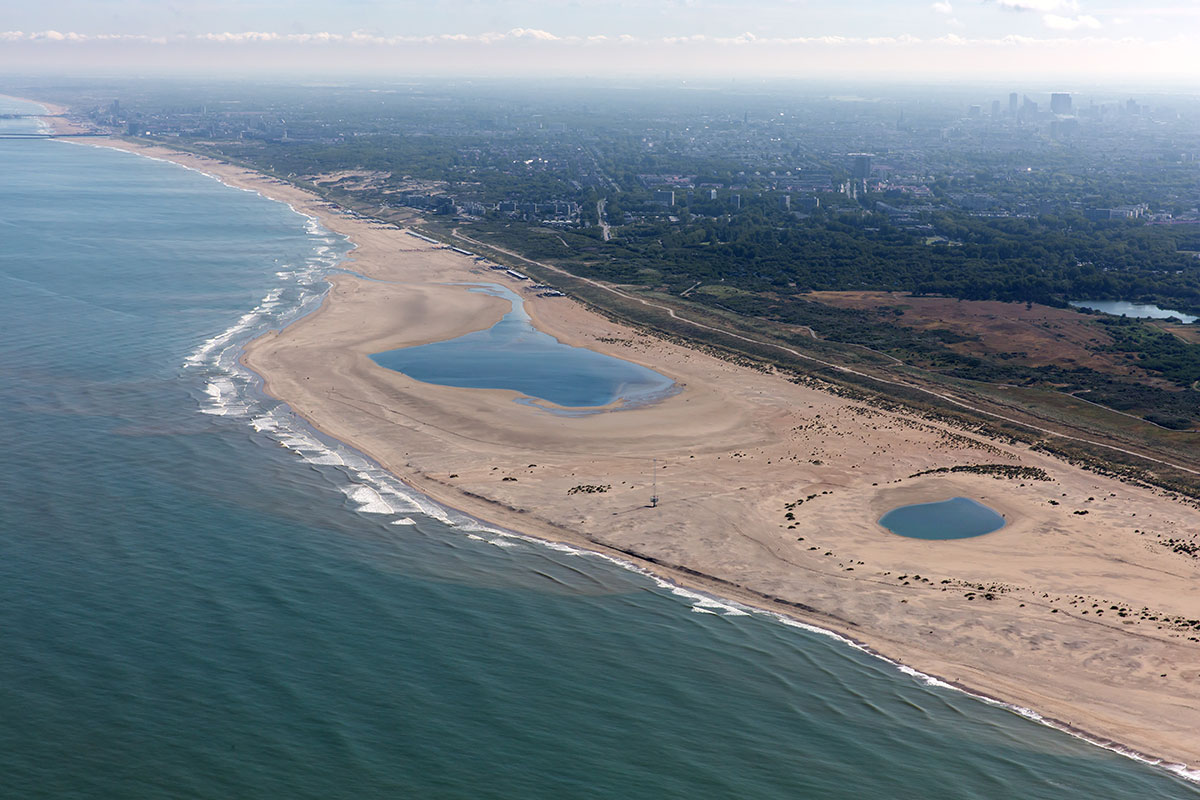Beaches are tourist destinations par excellence. Holidaymakers flock to them to enjoy the sun and bathing, but also the soft, inviting sand. In the tourism and leisure industry, beaches are a key resource, attracting tourists from all over the world. However, one of the challenges facing these natural tourist attractions, and therefore the tourism and leisure industry, is their erosion by ocean currents.
Indeed, in many parts of the world, these water flows leave beaches without one of their main attractions. With climate change, the problem is accentuated and thousands of tonnes of the material that defines a beach, travel on the currents to the depths, far from the coasts. If this erosion also occurs where people live by the water, finding a solution is even more pressing.

Openstreetmap | CC BY-SA 3.0
The beaches of the Gulf of Guinea in West Africa are amongst the fastest eroding in the world. Countries such as Ghana, Togo, Benin, Benin, Nigeria, Cameroon and Equatorial Guinea, where the population lives close to the coast, are suffering from this problem. According to World Bank estimates quoted in Grist, the effects of erosion could wipe out up to 5% of the region’s gross domestic product. The same source also warns of the case of Benin, which is in a particularly serious situation. Every year, erosion is taking up to 13 metres of its coastline and destroying roads, houses, fishermen’s livelihoods and beaches. Lagos, Nigeria’s largest city, with 33 million inhabitants (2015), stretches over mudflats just a few metres above the sea and is at serious risk.
Among the usual solutions applied by the authorities, are the construction of breakwaters perpendicular to the coast, or the collection of sand from the deep for subsequent artificial discharge onto the beaches. Both cases represent solutions to a problem that generate new problems. In the case of breakwaters, in addition to the cost of their construction, the problem they pose is that they considerably alter the marine habitat and the landscape cleanliness of the beach. At the same time, whilst they prevent erosion in the places where they are established, they transfer it elsewhere.
On the other hand, the reconstruction of beaches by means of beach nourishment is a method that is very costly, and it is only a matter of time before the sand that has been nourished disappears from the beach due to erosion. In this respect, it is estimated that the reconstruction of a beach allows the problem to be tackled for 5 years, after which it will need to be replenished with sand, provided, of course, that a large storm does not suddenly wash away all the sand in a single day.

Well, a new strategy to save beaches and everything that revolves around them, be it tourism, leisure or the homes of those who live nearby, comes from the Netherlands (which has a long tradition of coastal protection). It is known as the ‘sand motor’, and consists in general of using the forces of nature to preserve the sand on beaches. In effect, if a section of the beach is extended into the sea at a certain angle, the natural action of wind, waves and tides, pushes it out and therefore acts as a ‘motor’ for the supply of sand.
The first sand motor was built in Ter Heijde, the Netherlands, between January and October 2011, at a cost of €70 million. It displaced 21.5 million m3 of sand, dredged 5 to 10 km offshore, to cover an area of 128 ha. In total, the sand engine occupied 2.4 km of coastline and extended 1 km offshore. With all this sand, a hook-shaped peninsula was created. From then on, natural action did the rest.
In the particular case of Ter Heijde, the system is expected to add about 200 ha of beach area. Furthermore, while the project was considered to have a lifespan of up to 20 years, it was concluded in 2016 that it would last even longer. As we can see, although sand motors require a much higher initial investment than traditional reconstruction procedures, they nevertheless protect more beach area and last much longer (20 or more versus 5 years). Although the initial local disturbance is quite large, the ecological stress is limited to the site of action. However, the sand engine stimulates biodiversity in the long term and expands the local ecosystem space.
In 2019, a sand motor was built in Norfolk, UK, and the World Bank funded another, as part of a plan to combat sea level rise, in West Africa. In any case, sand motors operate in areas where erosion has not yet reached a certain threshold beyond which they are useless for beach regeneration. In the United States, for example, many coastal areas are on the verge of disappearing and alternatives will have to be found to save them.






